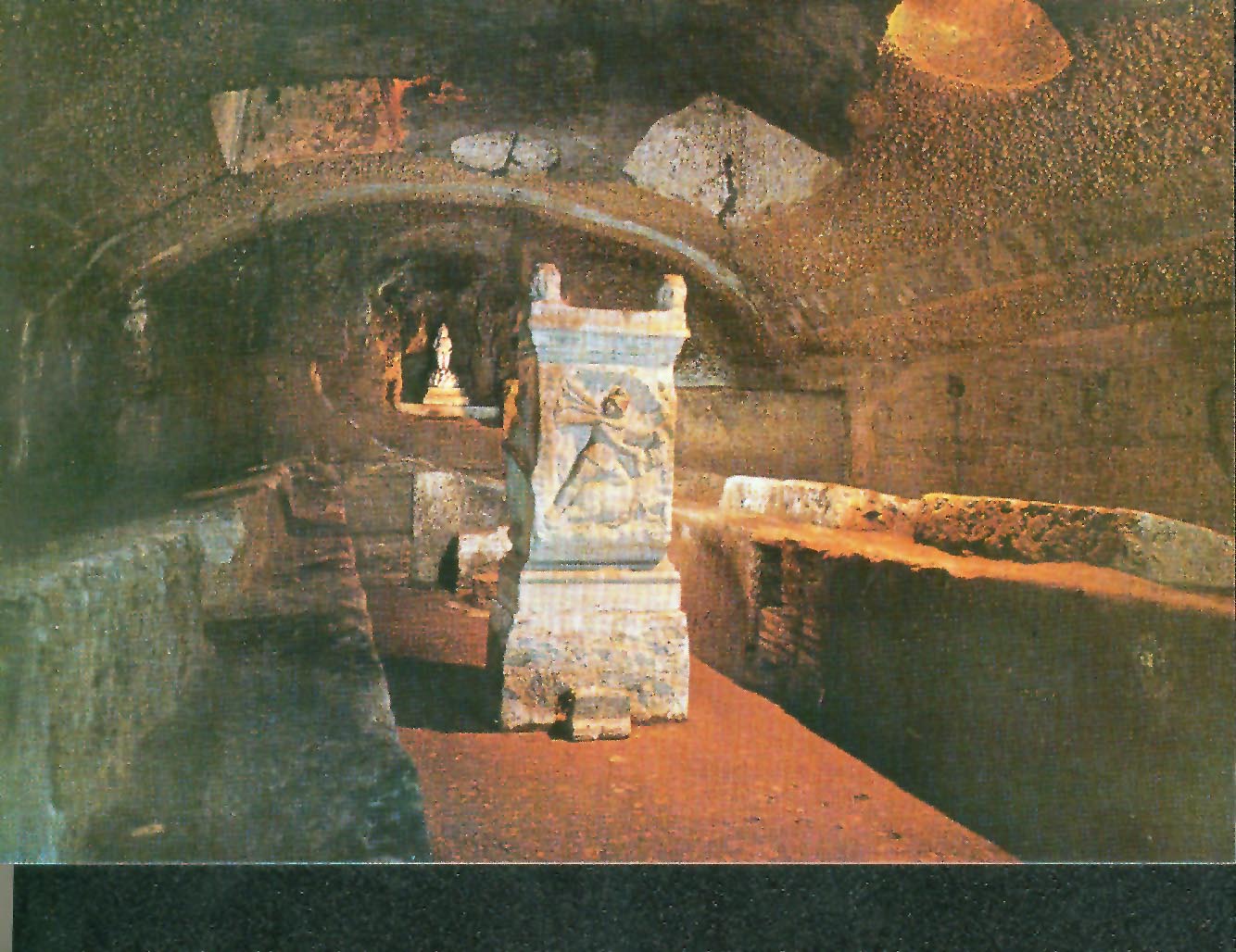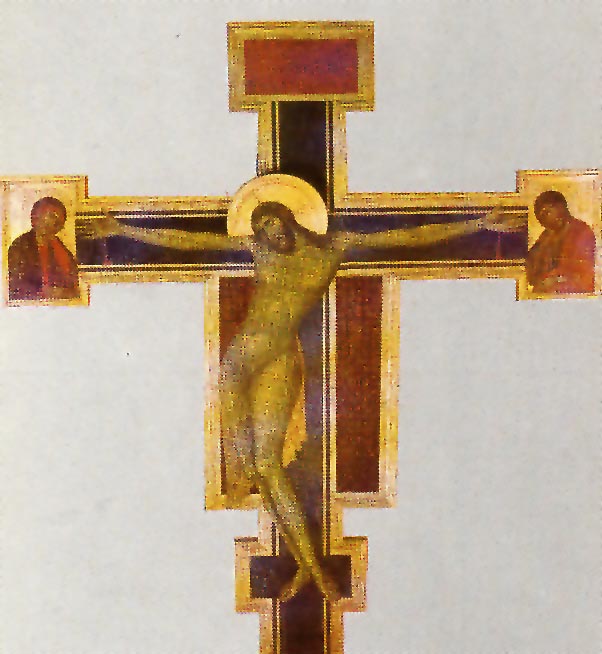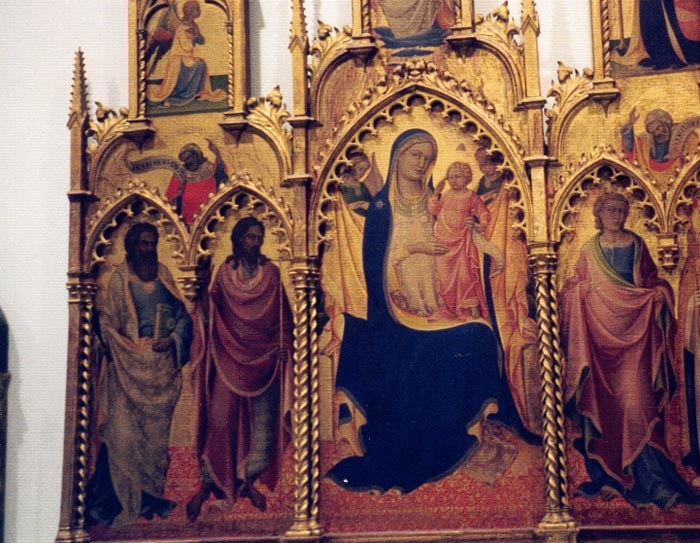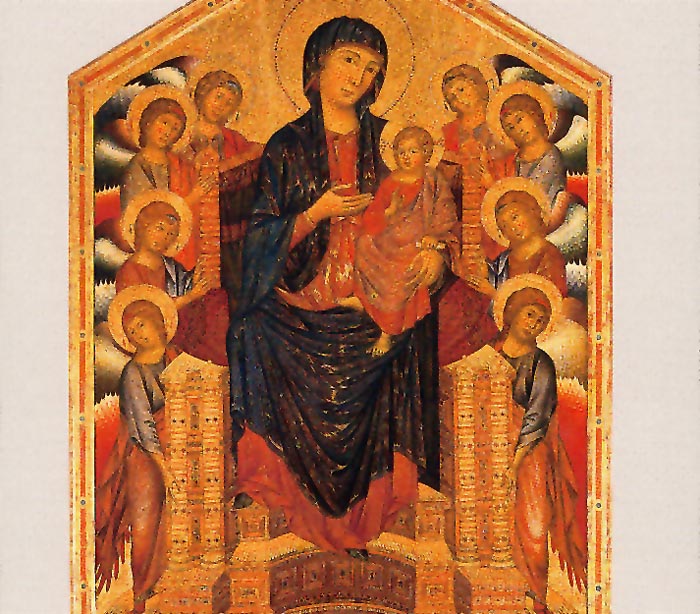| IMPERIAL CLASSICAL ROME |

|
Medieval Rome San Clemente is located in Lateran. It provides an opportunity to travel back through three layers of history. at street level, there is a 12th century church; underneath lies a 4th century church; and below that are ancient roman buildings, including a Temple of Mithras. Mithraism, an all-male fertility cult imported from Persia in the 1st century BC, was a rival to Christianity during the age of Imperial Rome. The upper level are dedicated to St. Clement, the fourth pope, who was exiled to the crimea and martyred by being tied to an anchor and drowned. His life is illustrated in some of the frescoes in the 4th century church. |
 |
Medieval Rome In 64AD Nero's fire destroyed this area. In 90-99 marked the papacy of St. Clement. In 2nd century is was used for secret Cristian worship. In the late 2nd century the Temple of Mithras was built. In 1084 the Church was destroyed during a norman invasion by Robert Guiscard. In 1108 a new church was built over the 4th century church. The church was given in 1667 to Irish Dominicans. |
 |
Cimabue - Medieval Rome Cimabue was an important artist in the gothic era of painting (before the rennaissance). This was before the invention of perspective, shadow, three dimensional representation on a two dimensional surface. Those were inventions of the rennaissance. So it is interesting to see how the Rennaisance transformed the way we looked at the world. |
 |
Medieval Rome These works are at the Uffizi. |
 |
Medieval Rome This was painted in around 1280 called Santa Trinita Madonna, Tempera on wood. It was for the high altar of the church of Santa Trinita. It has been at the Uffizi since 1919. |
 |
Campo de' Fiori - Medieval Rome
Campo de' Fiori - Meaning field of flowers, once a meadow, it occupies the site of the open space facing the theater of Pompey. Cardinals and noblemen used to shop with foreigners in the Piazza's market. It was one of the liveliest areas of medieval rome. Today's market retains much of the traditional atmosphere. |